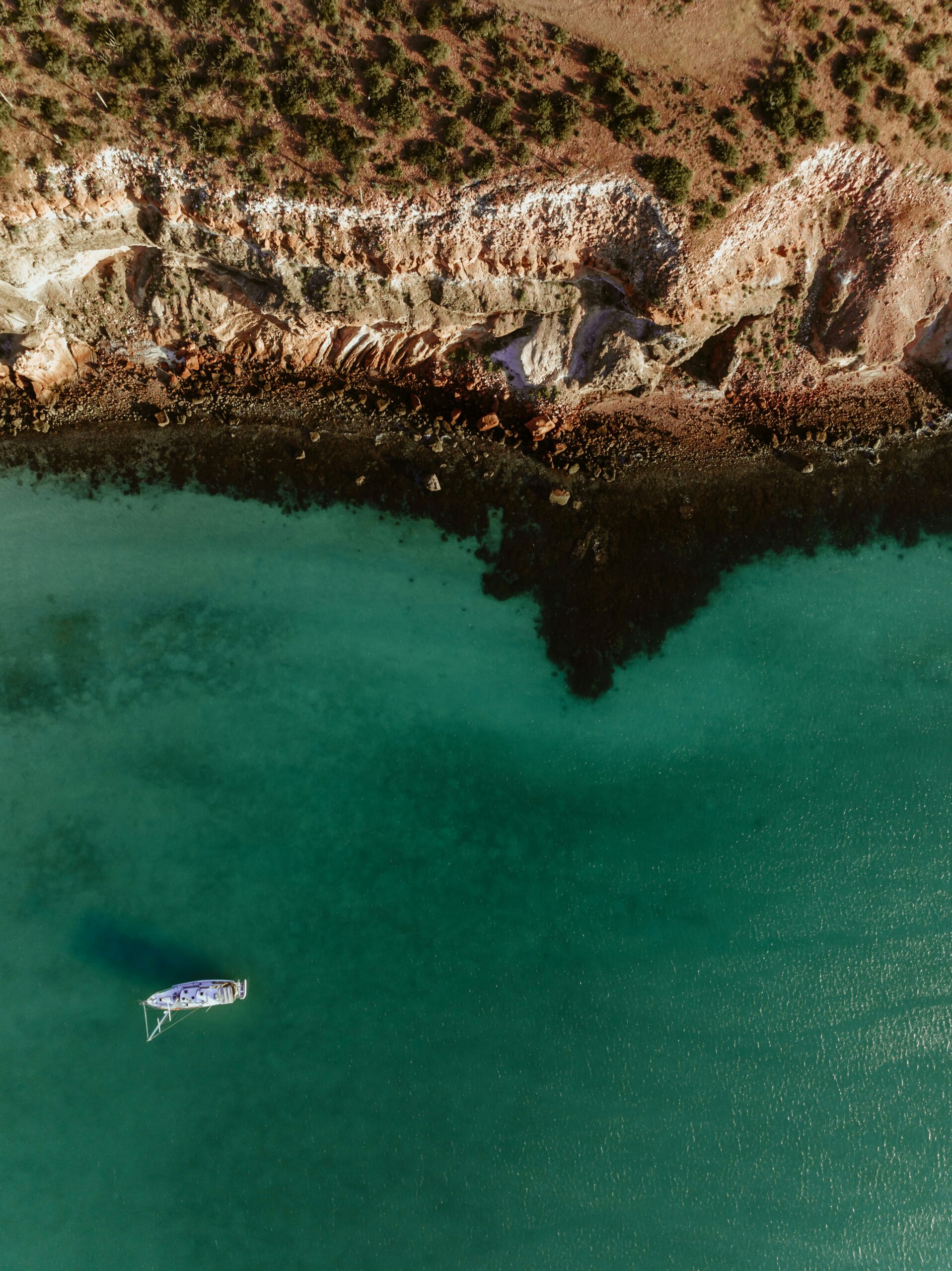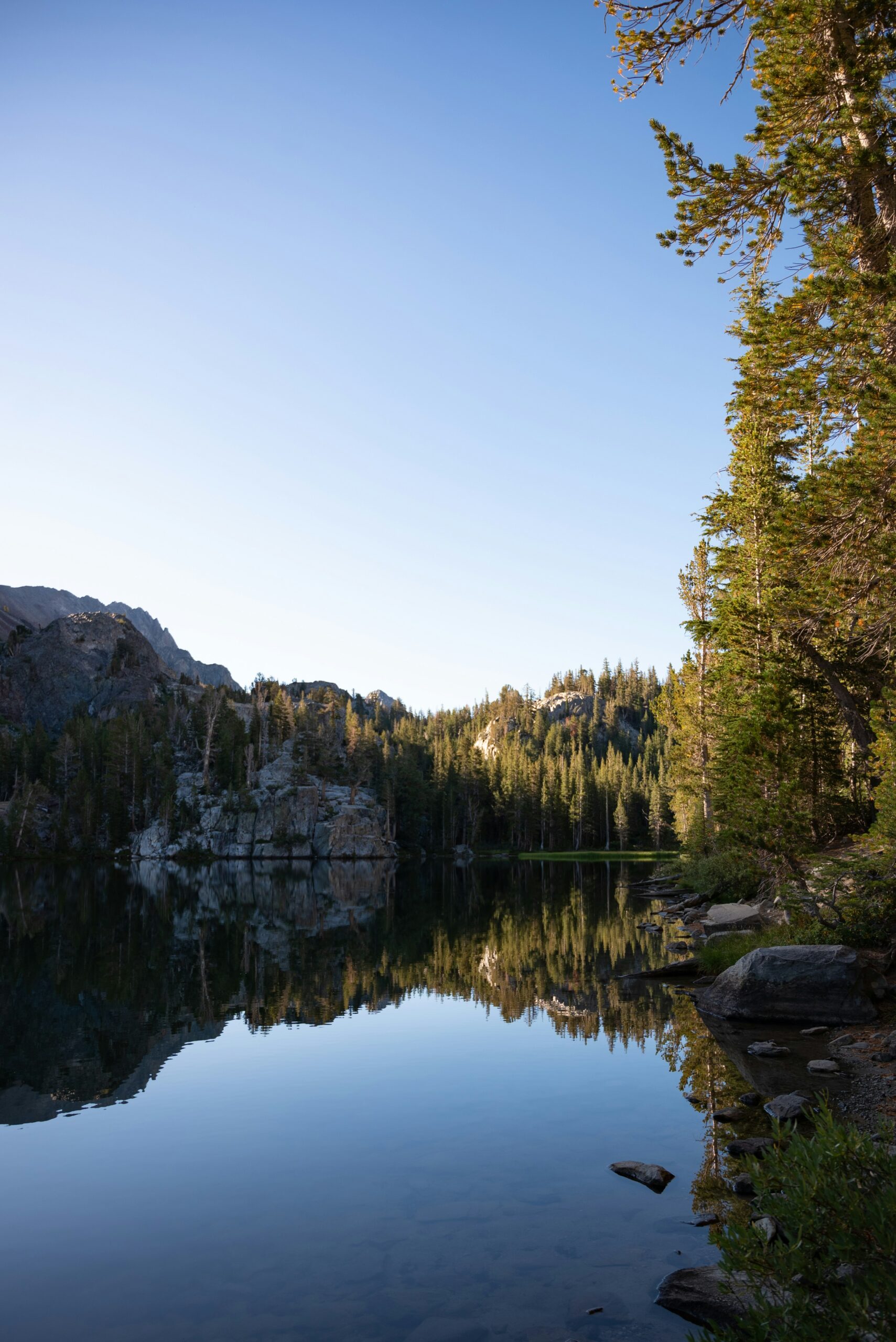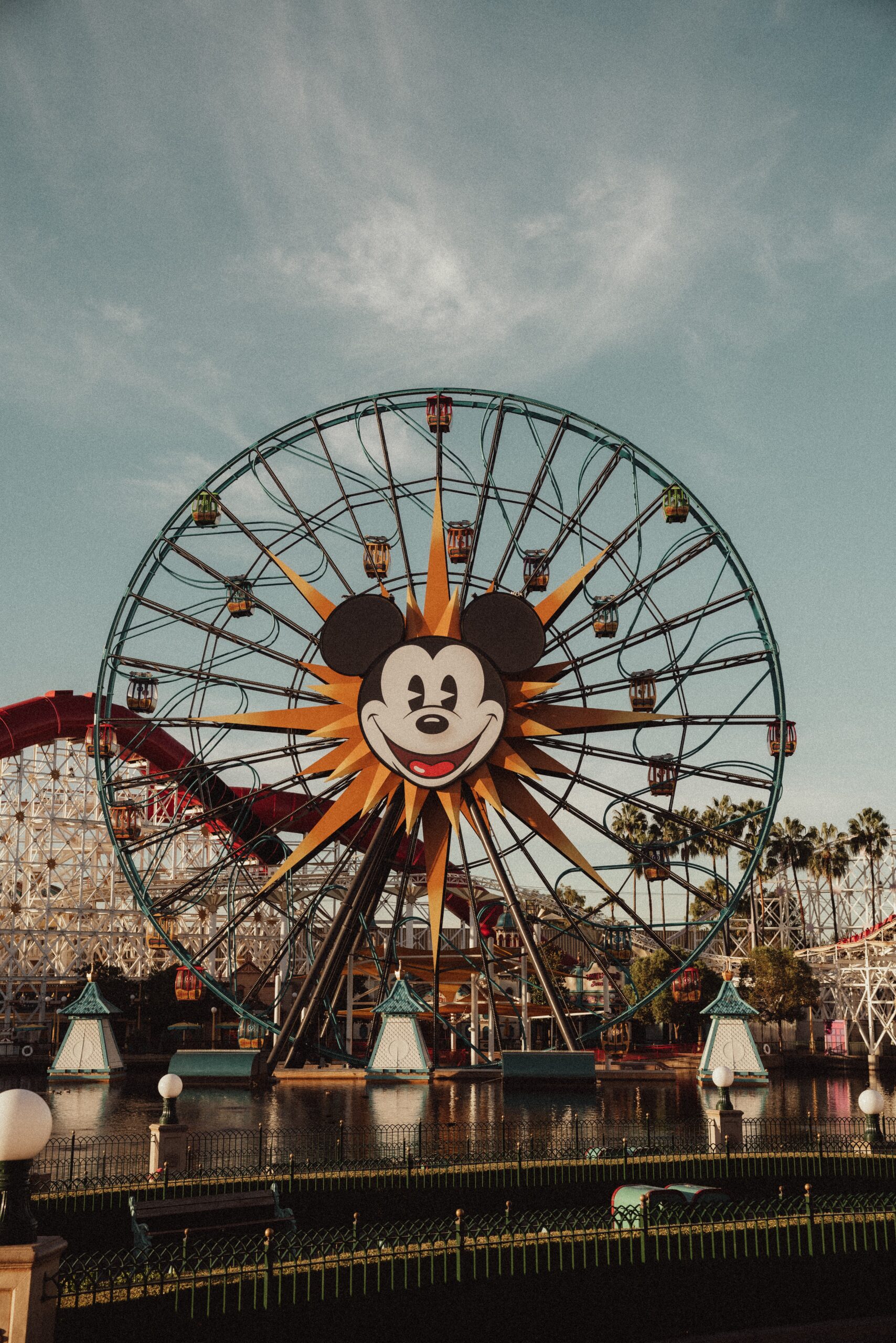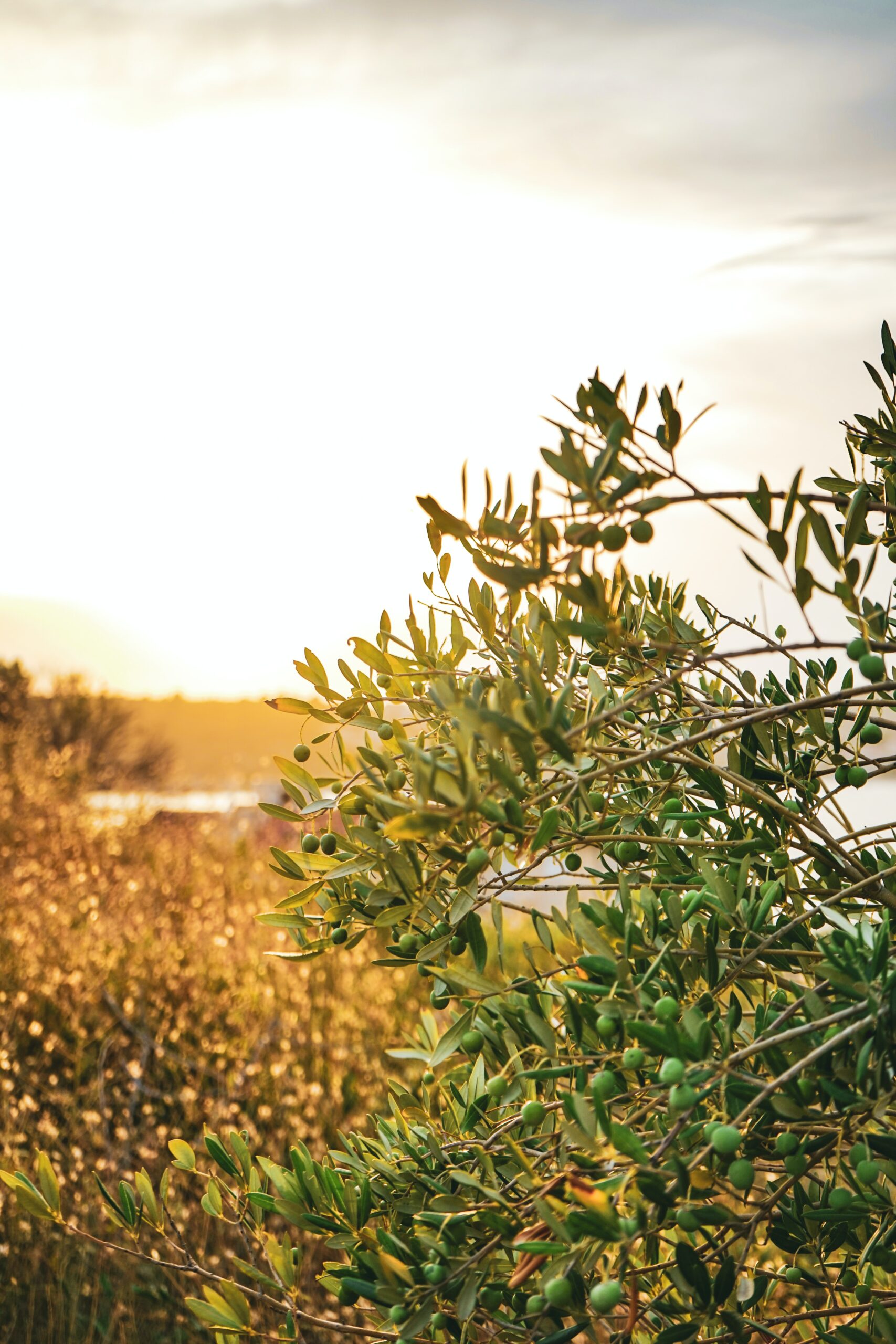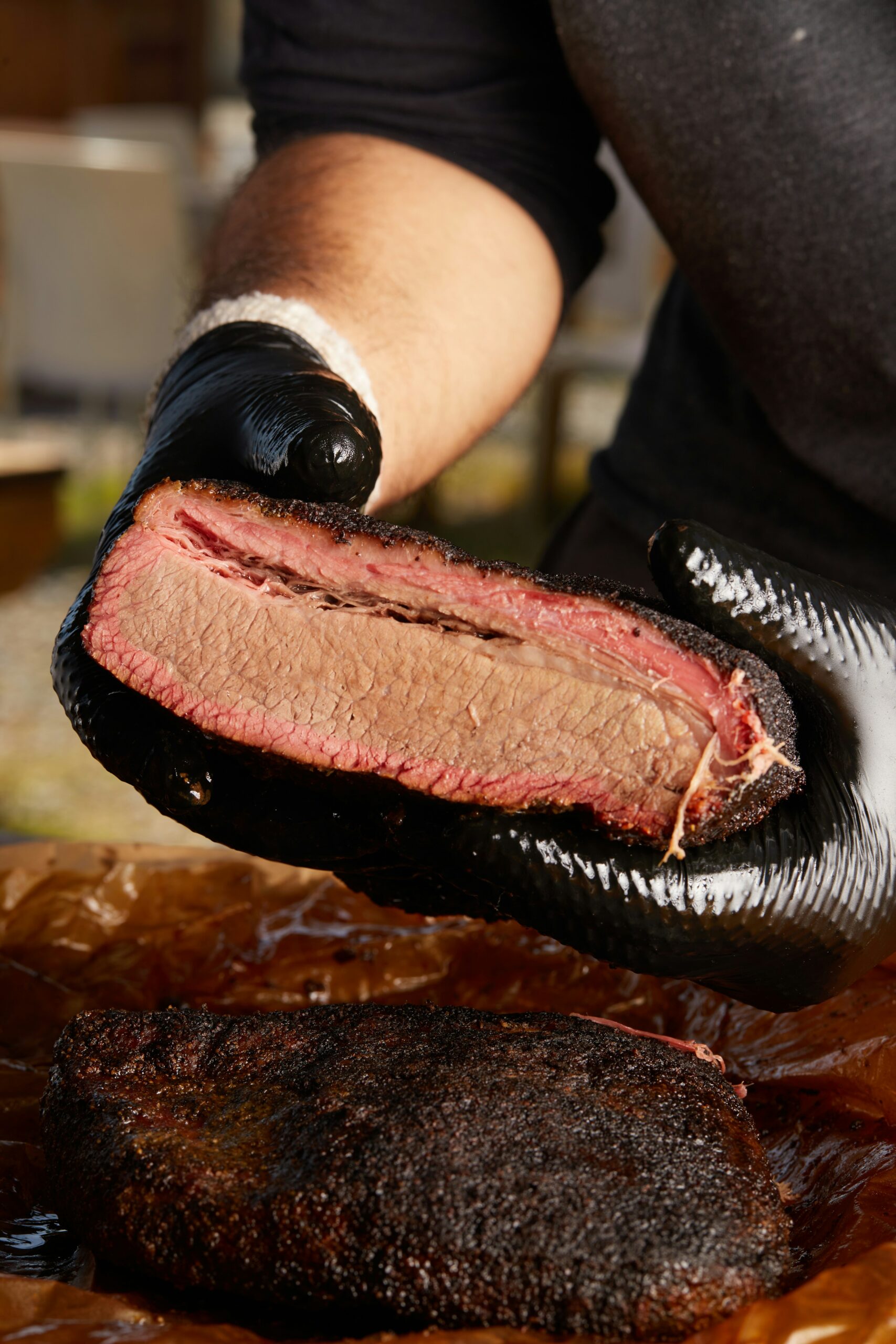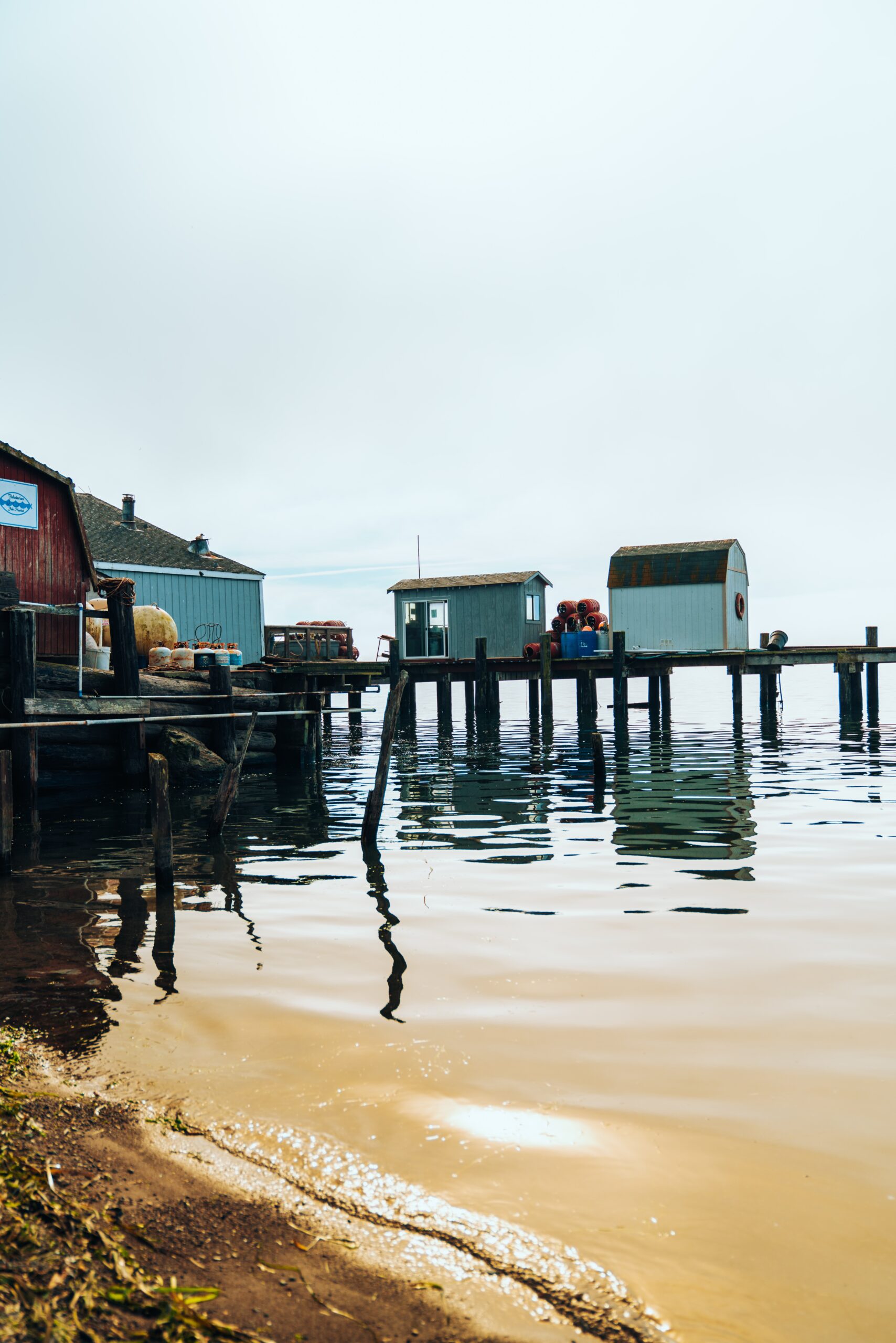Baja California: Mexico’s Sun-Soaked Paradise by the Pacific
Baja California beckons you with its rugged beauty and unique character. This northernmost state of Mexico offers a captivating blend of desert landscapes, pristine beaches, and vibrant cities. Baja California's strategic location bordering the United States makes it a gateway to Mexico and a cultural melting pot.
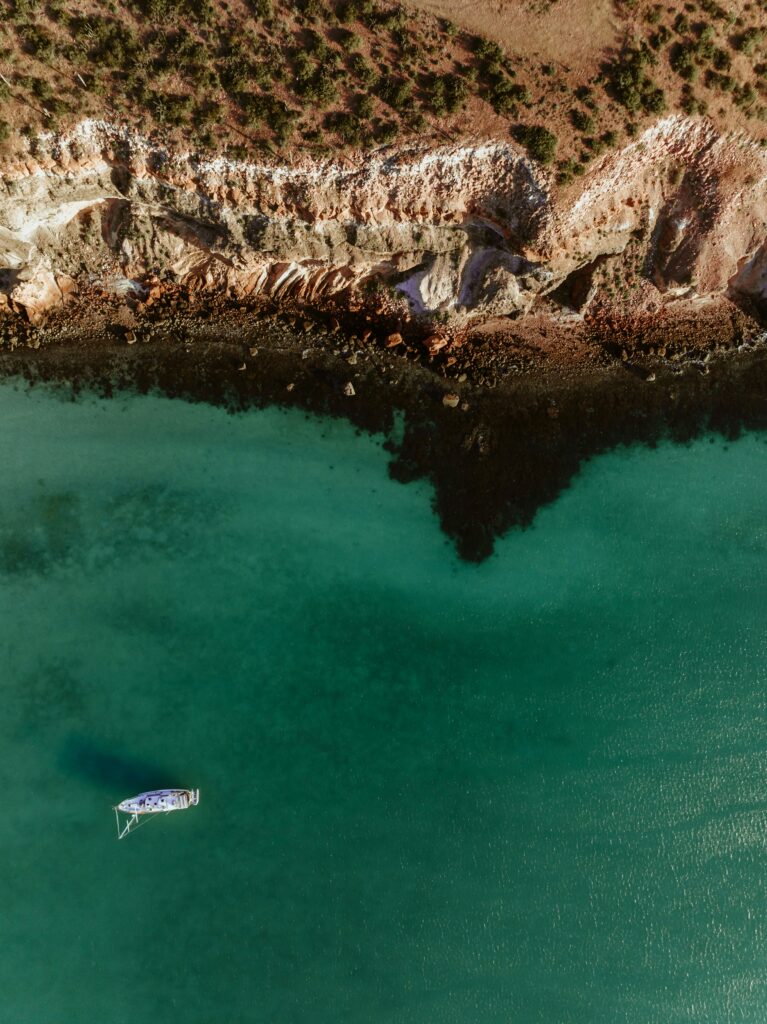
You'll find Baja California occupies the northern part of the Baja California peninsula, stretching along the Pacific coast. Its diverse terrain ranges from sun-baked deserts to misty mountains, providing endless opportunities for adventure and exploration.
Baja California's allure extends beyond its natural wonders. You can immerse yourself in the state's rich history, savor its world-renowned wines, and experience the warmth of its people. Whether you're seeking a tranquil beach getaway or an action-packed journey, Baja California promises an unforgettable Mexican experience.
Baja California: Mexico's Sun-Soaked Paradise by the Pacific
Geography and Landscape
Baja California's diverse geography offers a stunning mix of coastlines, mountains, and deserts. You'll find a unique blend of landscapes shaped by tectonic forces and bordered by two distinct bodies of water.
Baja California Peninsula
The Baja California Peninsula stretches approximately 760 miles (1,220 km) long and varies in width from 25 to 150 miles (40 to 240 km). You'll discover a total area of 55,366 square miles (143,396 sq km) to explore.
The backbone of the peninsula is formed by the Peninsular Ranges, including the Sierra de San Borja and Sierra de Juárez. These mountains create a dramatic contrast to the coastal regions. As you travel inland, you'll encounter diverse ecosystems, from lush forests to arid deserts.
Several islands dot the coastline, adding to the region's geographical complexity. These islands provide important habitats for various species and contribute to the area's rich biodiversity.
Gulf of California
On the eastern side of Baja California, you'll find the Gulf of California, also known as the Sea of Cortez. This body of water separates the peninsula from mainland Mexico and the state of Sonora.
The Gulf is renowned for its rich marine life and striking blue waters. Its creation is linked to tectonic activity that separated the peninsula from the mainland millions of years ago.
Along the Gulf coast, you'll encounter numerous bays, inlets, and estuaries. These areas provide crucial habitats for marine species and support the region's fishing industry.
Climate
Baja California's climate varies significantly due to its diverse topography and the influence of surrounding water bodies. The Pacific Ocean moderates temperatures along the western coast, while the Gulf of California affects the eastern shore.
In the northwest, you'll experience a Mediterranean climate with mild, wet winters and warm, dry summers. As you move south and inland, the climate becomes more arid.
The mountainous regions see cooler temperatures and occasional snowfall at higher elevations. Desert areas in the interior experience extreme temperature fluctuations between day and night.
Rainfall is generally scarce throughout the state, with most precipitation occurring in winter months. This unique climate contributes to the region's distinctive flora and fauna.
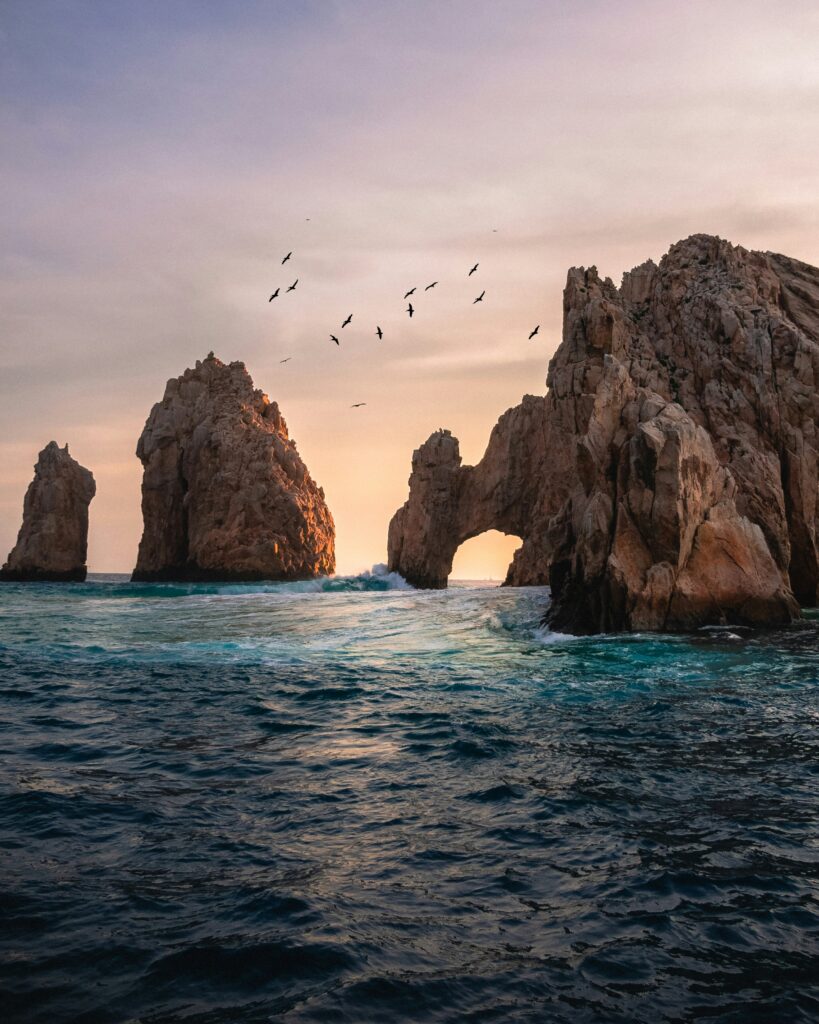
History and Exploration
The Baja California peninsula has a rich history spanning thousands of years. From ancient indigenous peoples to Spanish explorers and missionaries, the region has experienced waves of settlement and cultural change that shaped its unique identity.
Early Inhabitants
You might be surprised to learn that humans have lived in Baja California for over 10,000 years. Indigenous groups like the Cochimí, Kiliwa, and Paipai developed complex societies adapted to the peninsula's diverse environments.
These early inhabitants were skilled hunters and gatherers. They created intricate rock art that you can still see today in places like the Sierra de San Francisco.
As you explore Baja, you'll notice the enduring influence of these native cultures in local traditions and place names.
Spanish Exploration
The Spanish first arrived in Baja California in the 16th century. Francisco de Ulloa explored the Gulf of California in 1539, initially believing the peninsula to be an island.
Later expeditions mapped the coastline and established outposts. You'll find that many coastal towns trace their origins to these early Spanish settlements.
Franciscan and Dominican missionaries played a key role in colonizing the region. They built a chain of missions along the peninsula, some of which you can still visit today.
Post-Colonial Era
After Mexico gained independence in 1821, Baja California became part of the new nation. You'll notice that this period brought significant changes to the peninsula.
The mission system declined, and new forms of economic activity emerged. Ranching and mining became important industries that shaped the landscape you see today.
In 1952, Baja California officially became Mexico's 29th state. This marked the beginning of a new era of development and growth that continues to shape your experience of the region.
As you travel through Baja, you'll encounter remnants of each historical period, from ancient rock art to colonial missions and modern cities.
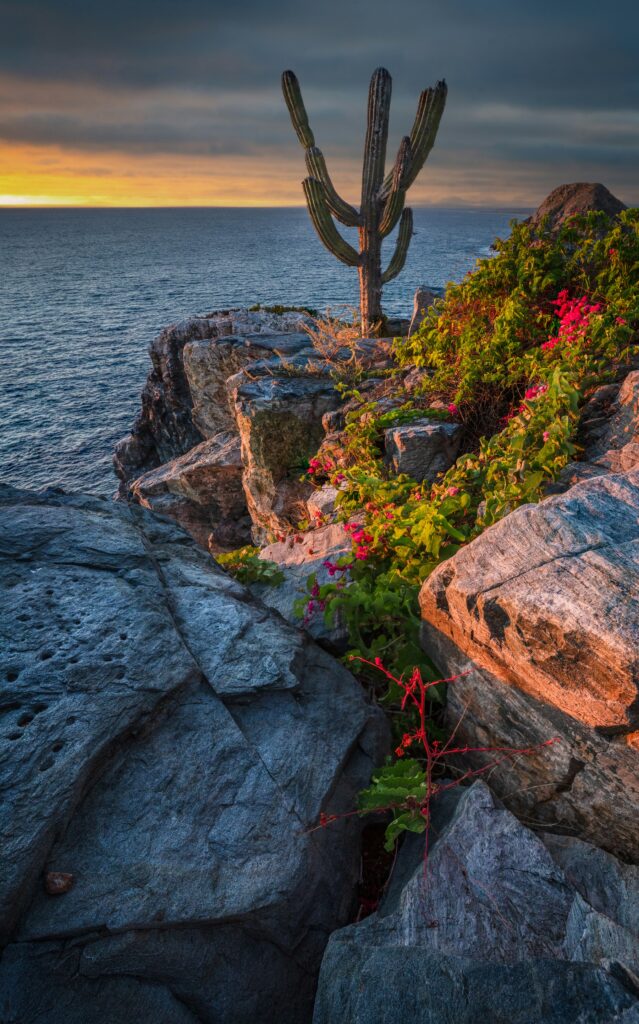
Demographics and Population
Baja California's population is diverse and growing rapidly. The state's major cities are bustling hubs of culture and commerce, while its demographics reflect a unique blend of influences from across Mexico and beyond.
Major Cities
Tijuana stands out as Baja California's most populous city, with over 1.8 million residents. You'll find it's a vibrant metropolis known for its cultural scene and proximity to the U.S. border.
Mexicali, the state capital, is home to about 1 million people. It's an important industrial center and agricultural hub.
Ensenada, with its population of around 440,000, offers a coastal lifestyle and is famous for its wine region.
Smaller cities like Rosarito and Tecate contribute to the state's urban landscape, each with unique attractions and growing populations.

Cultural Melting Pot
You'll discover that Baja California is a true melting pot of cultures. The state's population has grown steadily, reaching over 3.8 million in 2022. This growth has brought together people from all over Mexico and abroad.
Indigenous communities, long-time residents, and newcomers create a rich tapestry of traditions and customs. You'll experience a blend of northern Mexican culture with influences from the United States due to the proximity of the border.
The state's demographic makeup includes a significant number of immigrants, adding to its multicultural character. This diversity is reflected in the food, music, and festivals you'll encounter throughout Baja California.
Economy and Industries
Baja California's economy is diverse and dynamic, with several key sectors driving growth and employment. You'll find a mix of traditional and modern industries shaping the state's economic landscape.
Agriculture
Agriculture plays a vital role in Baja California's economy. You'll see vast fields of crops dotting the landscape, especially in the fertile Mexicali Valley. The region's warm climate and rich soil make it ideal for growing a variety of produce.
Key agricultural products include:
- Tomatoes
- Strawberries
- Grapes
- Olives
- Cotton
Many farms in Baja California use advanced irrigation techniques to maximize yields. You'll notice that the state is a major exporter of fresh produce to the United States, contributing to its US$11.5 billion in exports in early 2024.
Fishing Industry
When you visit Baja California, you'll quickly realize the importance of its fishing industry. The state's long coastline along the Pacific Ocean and the Sea of Cortez provides abundant marine resources.
Popular catches include:
- Tuna
- Sardines
- Lobster
- Abalone
You'll find bustling fishing ports in cities like Ensenada, where commercial fishing boats bring in their daily hauls. The industry not only supports local employment but also contributes significantly to the state's economy through seafood exports.
Tourism
Tourism is a cornerstone of Baja California's economy. You'll discover a wide range of attractions that draw visitors from around the world.
Popular tourist destinations include:
- Beaches of Rosarito and Ensenada
- Wine country in Valle de Guadalupe
- Whale watching in coastal areas
You can enjoy outdoor activities like surfing, hiking, and sport fishing. The state's proximity to California makes it a popular destination for American tourists. Many cruise ships also stop at Baja California ports, bringing in additional visitors and revenue.

Government and Politics
Baja California's political landscape is dynamic and evolving. The state's governance structure and recent leadership changes have shaped its development as a key region in Mexico.
Political Divisions
Baja California is divided into five municipalities. Each municipality has its own local government, led by a mayor. You'll find that these divisions allow for more localized governance and representation.
The state capital, Mexicali, serves as the seat of the state government. Here, you'll find the governor's office and the state legislature. As the 29th state of Mexico, Baja California has come a long way since its days as the North Territory.
Recent Governance
In recent years, Baja California has seen significant political shifts. The state, once a stronghold of the National Action Party (PAN), has experienced changes in leadership.
The current governor, elected in 2021, represents a departure from the traditional two-party dominance of PAN and the Institutional Revolutionary Party (PRI). This shift reflects broader changes in Mexico's political landscape.
You'll notice that recent administrations have focused on issues such as:
- Economic development
- Border relations with the United States
- Environmental conservation
- Tourism promotion

Environmental Features
Baja California boasts diverse ecosystems spanning from coastal areas to inland deserts. You'll find unique plant and animal species adapted to the region's varied landscapes, along with rich marine life in the surrounding waters.
Flora and Fauna
As you explore Baja California, you'll encounter a wide range of vegetation. The Pacific Coast is home to coastal sage scrub and chaparral communities. In the central deserts, you'll see iconic plants like the cardón cactus and the boojum tree, locally known as cirio.
The state's wildlife is equally diverse. You might spot bighorn sheep in the mountains or coyotes in the desert. Birdwatchers will delight in the variety of species, including the California condor, which has been reintroduced to the area.
Keep an eye out for endemic species unique to the region, such as the peninsular pronghorn and the black-tailed brush lizard.
Marine Life
The waters surrounding Baja California teem with marine life. In the Sea of Cortez, you can observe a variety of whales, including gray whales during their annual migration. Dolphins, sea lions, and numerous fish species also call these waters home.
The Pacific Coast offers its own marine wonders. You might spot elephant seals or sea turtles nesting on the beaches. The area is known for its excellent sport fishing opportunities, with species like yellowtail and marlin.
Underwater, colorful coral reefs and kelp forests support a diverse ecosystem. Snorkeling or diving here can reveal a world of tropical fish, rays, and even sharks.
Protected Areas
Baja California takes conservation seriously, with several protected areas preserving its unique ecosystems. The Guadalupe Island Biosphere Reserve protects a volcanic island and its surrounding waters, home to elephant seals and great white sharks.
The Coronado Islands and Todos Santos Islands serve as important breeding grounds for seabirds and marine mammals. These protected areas allow you to observe wildlife in their natural habitats.
On land, the Valle de los Cirios Protected Area covers a vast expanse of desert, showcasing the region's unique flora. Here, you can admire towering cacti and other desert-adapted plants in a pristine setting.
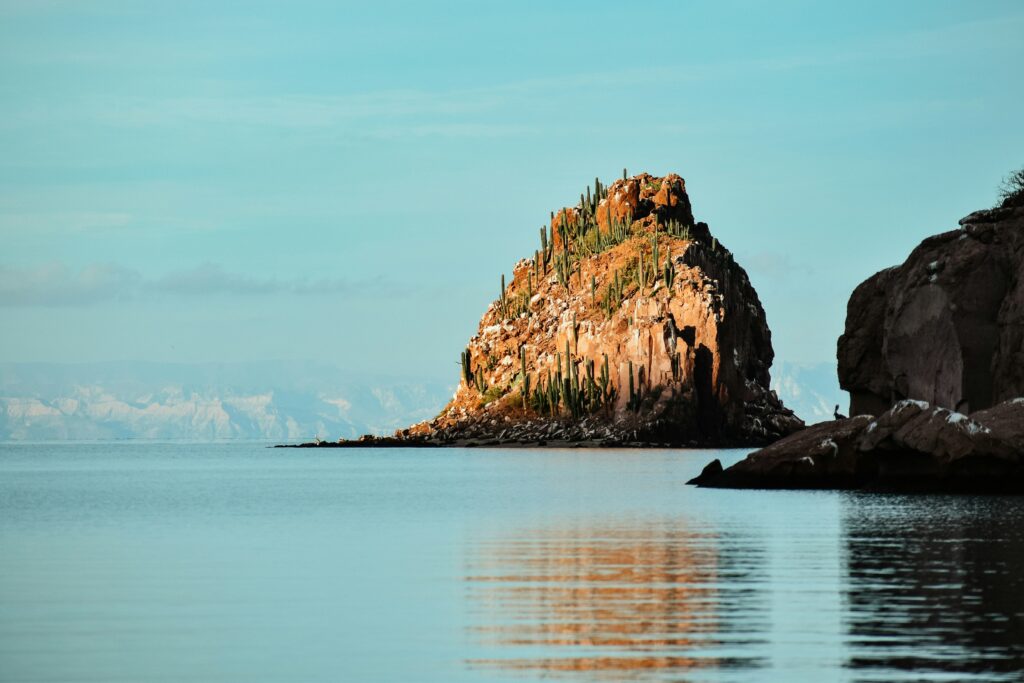
Cultural Heritage
Baja California's rich cultural tapestry weaves together ancient indigenous traditions and colonial influences. You'll discover a fascinating blend of native cultures that have endured for millennia alongside historic missions established by European settlers.
Indigenous Cultures
When you explore Baja California, you'll encounter the living legacy of several indigenous groups. The Cochimí, Kiliwa, Paipai, and Kumeyaay peoples have called this peninsula home for thousands of years. Each group has its own unique language, customs, and artistic traditions.
You'll find the Kumeyaay in the north, known for their intricate basketry and pottery. The Paipai and Kiliwa, residing in the central region, are skilled in creating colorful textiles and jewelry. In the south, you can learn about the Cochimí, who were expert hunters and gatherers.
These communities have faced many challenges, but they continue to preserve their heritage. You can visit cultural centers and museums to experience their traditional music, dances, and crafts firsthand.
Colonial Missions
As you travel through Baja California, you'll come across striking reminders of its colonial past. Jesuit missionaries arrived in the 17th century, establishing a string of missions along the peninsula. These missions played a crucial role in shaping the region's cultural landscape.
You can still visit several well-preserved mission sites today. The architecture blends European and indigenous styles, reflecting the cultural exchange of the time. Notable examples include:
- Misión de Nuestra Señora de Loreto (1697)
- Misión San Francisco Javier de Viggé-Biaundó (1699)
- Misión San Ignacio Kadakaamán (1728)
After the Jesuits were expelled in 1768, Franciscan and Dominican orders took over the missions. They continued the work of evangelization and introduced new agricultural techniques to the region.
Infrastructure and Transportation
Baja California's infrastructure and transportation systems are vital for connecting its major cities and facilitating travel within the state and to neighboring regions. You'll find a network of highways and port cities that make getting around and shipping goods efficient and accessible.
Highways and Roads
The backbone of Baja California's road network is Highway 1, which runs the length of the peninsula. You'll find this scenic route connects major cities like Tijuana, Ensenada, and San Felipe. As you travel south, the highway offers breathtaking coastal views.
For cross-border travel, you can use the busy crossings between Tijuana and San Diego or Mexicali and Calexico. These connections are crucial for the region's economic activity and cultural exchange.
When driving in Baja, you'll notice a mix of modern highways and rural roads. Major cities like Tijuana and Mexicali have well-maintained urban road systems, while more remote areas may have unpaved roads.
Port Cities and Ferries
Ensenada serves as Baja California's primary seaport. You'll find it's a bustling hub for cruise ships, cargo vessels, and fishing boats. The port plays a key role in the state's economy, handling imports and exports.
For a unique travel experience, you can take a ferry from San Felipe to ports across the Gulf of California. These services connect you to mainland Mexico, offering an alternative to driving the full length of the peninsula.
Tijuana's proximity to San Diego creates a dynamic cross-border region. You'll discover that many people commute between the two cities daily, utilizing various transportation options including buses and the San Ysidro trolley.

Leisure and Tourism
Baja California offers a wealth of experiences for travelers seeking relaxation and adventure. You'll find pristine beaches, charming coastal towns, and thrilling outdoor activities throughout the peninsula.
Beaches and Coastal Towns
Baja California's coastline is dotted with stunning beaches and vibrant towns. In Rosarito, you can enjoy golden sands and lively beach bars. San Felipe offers a more laid-back atmosphere with its tranquil shores and fresh seafood.
For a taste of luxury, head to Cabo San Lucas. This resort town boasts world-class beaches, upscale hotels, and a bustling marina. You can take a boat tour to the famous El Arco rock formation or simply soak up the sun on Playa del Amor.
Todos Santos, a charming artist's haven, combines beach life with cultural experiences. Stroll through its colorful streets, browse art galleries, and relax on the nearby beaches.
Adventure and Recreation
Baja California is a playground for outdoor enthusiasts. You can embark on thrilling ATV adventures through desert landscapes or go whale watching in Loreto Bay National Marine Park.
For water sports lovers, the options are endless. Try your hand at surfing in Ensenada, kayaking in the Sea of Cortez, or snorkeling in the vibrant coral reefs off Cabo Pulmo.
Fishing enthusiasts will find paradise in Los Cabos. You can join a sportfishing excursion year-round, with the chance to catch marlin, tuna, and dorado.
Hiking opportunities abound in the Sierra de la Laguna mountains. You'll discover diverse ecosystems, from desert cacti to pine forests, as you explore the trails.
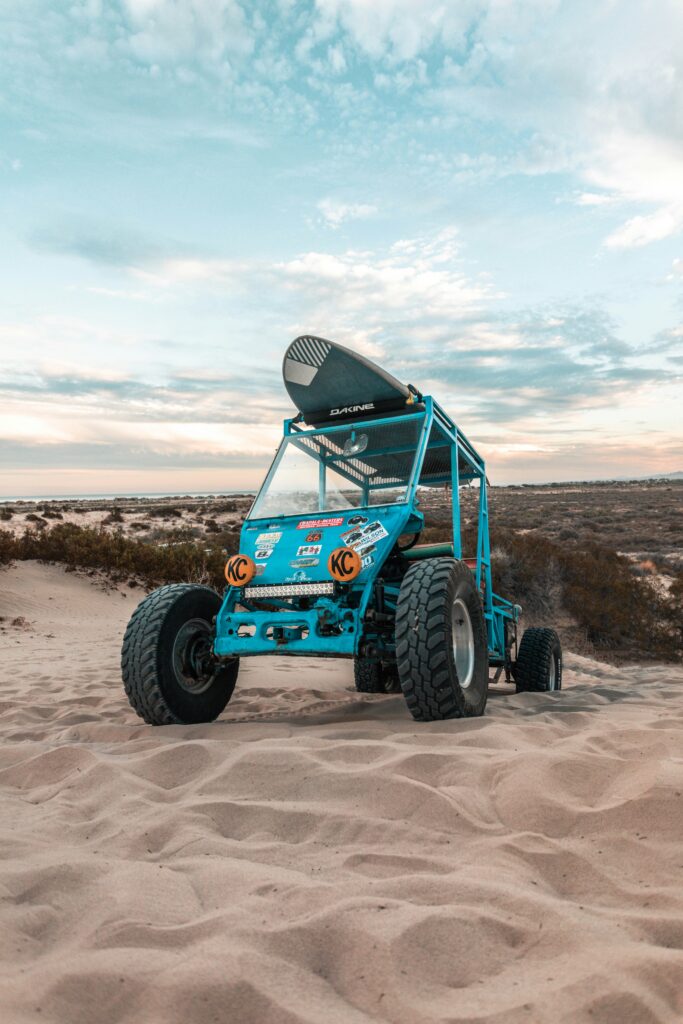
Food and Cuisine
Baja California's culinary scene offers a delightful mix of fresh seafood and world-class wines. The region's unique geography and climate contribute to its diverse and flavorful cuisine.
Local Dishes
You'll find that Baja California's cuisine is heavily influenced by its coastal location. The famous fish taco is a must-try dish, believed to have originated in either San Felipe or Ensenada. These tacos feature crispy battered fish, cabbage, and a tangy sauce in a soft tortilla.
Seafood lovers will rejoice in the abundance of fresh options. You can savor delicious ceviche, grilled octopus, and succulent lobster. Don't miss out on the region's unique take on clam chowder, often served in a bread bowl.
For a taste of local tradition, try the cream of corn with rice. This comforting dish showcases the variety of corn grown in Baja California.
Wine Country
You'll be amazed by Baja California's thriving wine industry. The Valle de Guadalupe, often called the “Napa Valley of Mexico,” is the heart of the region's wine country. The Mediterranean-like climate creates ideal conditions for growing a variety of grapes.
You can explore over 150 wineries in the area, ranging from small family-run operations to large-scale producers. Many offer tastings and tours, allowing you to sample the region's unique blends.
The valley's wines pair perfectly with the local cuisine. You'll find that many restaurants in the area showcase farm-to-table concepts, using locally sourced ingredients to complement the wines.
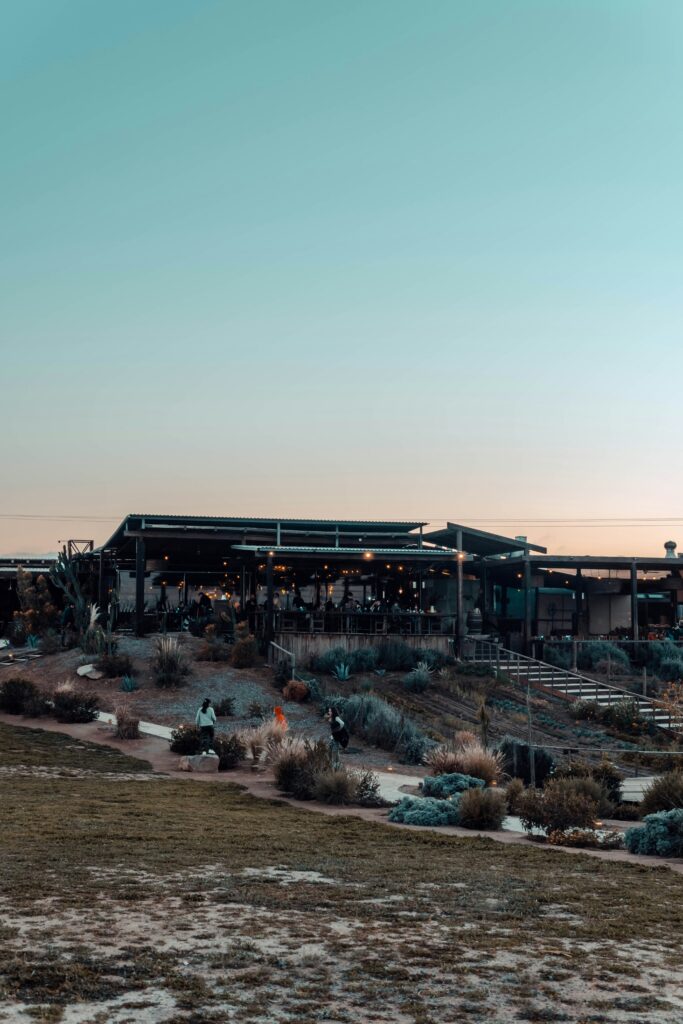
Arts and Entertainment
Baja California's vibrant arts scene and lively entertainment options will captivate you. From colorful festivals to traditional music and dance, the state offers a rich cultural tapestry for visitors to explore.
Cultural Festivals
You'll find an array of exciting festivals throughout Baja California. In Tijuana, don't miss the Tijuana Cultural Center (CECUT), which hosts numerous events year-round. The Fiestas del Sol in Mexicali is a must-see celebration featuring live music, local artisans, and delicious food.
Ensenada's Vendimia Wine Harvest Festival showcases the region's renowned wines. You can enjoy tastings, gourmet meals, and cultural performances. For a unique experience, check out the Baja Beach Fest in Rosarito, a reggaeton and Latin music festival that draws top performers.
Music and Dance
Baja California's music scene is diverse and dynamic. You'll encounter traditional Mexican genres like mariachi and norteño alongside modern rock and electronic music. Tijuana's thriving indie music scene has produced internationally recognized artists.
Dance is an integral part of the culture. You can watch performances of traditional Mexican dances at cultural centers and festivals. Many clubs and bars in Tijuana and Ensenada offer salsa and bachata nights where you can join in the fun.
For a taste of high culture, visit the Tijuana Opera. Their performances blend classical opera with contemporary Mexican themes, creating a unique artistic experience.
Frequently Asked Questions
Baja California offers fascinating history, geography, and urban development. Let's explore some key details about this unique Mexican state.
What cities are considered major urban centers in Baja California?
Tijuana stands out as the largest city in Baja California. Other major urban centers include Mexicali, the state capital, and Ensenada, a popular coastal destination. Rosarito and Tecate round out the list of significant cities in the state.
What are some interesting facts about Baja California?
Baja California boasts the longest peninsula in the world, stretching over 1,200 kilometers. You'll find diverse landscapes, from deserts to mountains and stunning coastlines. The state is home to world-class wineries and hosts the famous Baja 1000 off-road race.
How did Baja California get its name and what does it mean?
The name “Baja California” translates to “Lower California” in English. It distinguishes the peninsula from Alta California (Upper California), which is now part of the United States. Spanish explorers named the region in the 16th century.
What is the population of Baja California?
As of 2020, Baja California's population is approximately 3.8 million people. The state has experienced rapid growth in recent decades, primarily due to migration and industrial development along the US-Mexico border.
What is the capital of Baja California Sur?
La Paz serves as the capital of Baja California Sur. It's important to note that Baja California Sur is a separate state from Baja California, located in the southern part of the peninsula.
What year was Baja California officially recognized as a Mexican state?
Baja California became the 29th state of Mexico on January 16, 1952. Before statehood, it was known as the Northern Territory of Baja California. This change marked a significant milestone in the region's political development.

